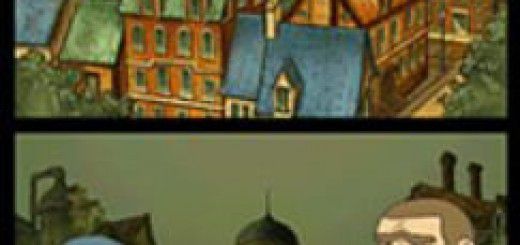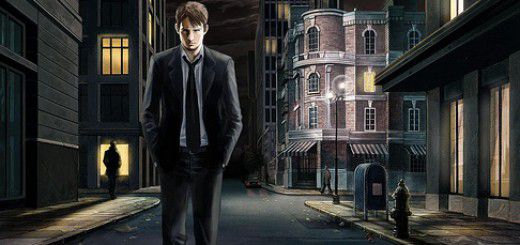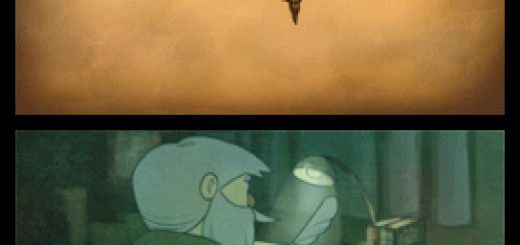Jewel Master Cradle of Rome DS review
Cradle of Rome was one of the hit PC flash games in 2007 and is now on Nintendo DS under its new guise Jewel Master: Cradle of Rome. So how does the game cope with the transfer to handheld, find out in our review of Cradle of Rome for DS.
Cradle of Rome DS is a spinoff to the classic Jewel Quest series of games where you have to quickly match 3 or more tiles in a row to complete a large game grid before time ran out. Cradle of Rome takes the same gameplay principle but adds a few twists and more importantly, a storyline. Instead of insanely completing puzzle after puzzle like you have an obsessive compulsive disorder you can now pretend that you’re working towards a goal, building the mighty empire of Rome. This is because you no longer are just matching any old symbols in groups of three to earn points (well you are…) but these also are now the resources needed to fund and build your empire, so matching 3 sets of Gold and Silver coins will help raise funds to pay for your new buildings but you’ll also need Stone and Wood supplies for building material and even Food to feed the workers.
As you play the top DS screen shows a pretty picture as well as how much time you have left in the form of a vase dripping with water, when it runs out its game over. The bottom DS screen is where all your real action takes place, each level is grid based in nature but can take the form of varying shapes, each grid has a number of blue tiles which need to be captured (by matching them when you match 3 or more adjacent tiles). If you do not capture these blue tiles before times runs out you will have to replay the level and lose any points you earned. This adds some interesting balance to the game because you need to keep playing for as long as you can to earn resources you want but obviously need to finish the level successfully before your time runs out, it can be quite frustrating when you finish a level with lots of time spare but even more grinding when you are just a couple of tiles away from completion when you hear the gong.
On the other hand though you can earn bundles of extra bonus points by completing a level quickly, ‘cept they don’t count towards your main goal. Decisions galore! Playing the game is very simple, you stare at the screen looking for two matching tiles next to each other than happen to have a third in close proximity (one square horizontally or vertically from it), you then tap two tiles that you wish to switch over to complete a mated trio (you cannot perform a switch if there is no resulting match up). When you match at least 3 tiles the ones above fall into their place which could in turn cause more matches in a chain reaction type of things, it’s mighty exciting to see most of the nasty blue tiles disappear in such a fashion without you having to do any extra work, sometimes though it can all seem a bit too easy – especially when you take too long and the game suggests your next move.
So is that it? No, there is more to Cradle of Rome than that. As the levels progress in difficulty the more blue tiles you’ll have to capture and sometimes they’ll even be locked from switching making things a lot harder. You’ll also find special weapons to help you such as Vulcan’s Hammer which can destroy any normal tile from the grid and even unlock any blue tile if need be. These bonus weapons charge up slowly with every match of three (or more) you make so strategic use of these is advised too, using one when it’s not necessary could spoil your chances if you really need it later. There are 5 Epochs to play through each with a minimum of 4 different buildings to build, these range from simple Sawmills, Windmills and Blacksmiths up to more extravagant Coliseum’s, Taverns and Palaces. You’ll need to play many of the 100 levels to be able to afford to complete your empire and things will get very difficult, there is reward to be found as you watch your empire grow in the nicely animated screens before each level, it would have been nice to see some human life (the people of your Empire) perhaps styled like a god game such as Populous DS but none the less, being able to look at your buildings and learn a little titbit of Roman history as you go is kinda fun.
Jewel Master Cradle of Rome is a nicely presented conversion of the flash game that is available to purchase on PC, the DS game which costs a bit more doesn’t bring too much different other than a nice game save system for up to 4 different profiles, a multiplayer mode would really have been nice, oh well. The graphics are pretty, functional 2D drawings and sprites but are near identical to the PC game which is always a good thing, the little spots of animation such as the Windmill going around is very nice and a treat to watch even on the small screens. Strangely the game music and sound effects don’t feel very Roman, or at least don’t seem quite authentic but not bad by any means, however if you’re on a crowded train and want to turn the sound down then you can as there is nothing essential to be listening out for. The touchscreen control works just as well as a mouse on the PC making this a great portable puzzle title for those long road trips. Overall Jewel Master Cradle of Rome for DS is a nice budget puzzle game, there’s nothing that will blow you away here but if you’re after a lengthy single player puzzle challenge and are fond of the Jewel Quest format then this will suit you down to the ground. I award Cradle of Rome for DS a sparkling 6 out of 10.
Get Jewel Master Cradle of Rome DS now
New: Buy Jewel Master Cradle of Rome DS from Amazon.com

Related: Mah Jong Quest Expeditions review



